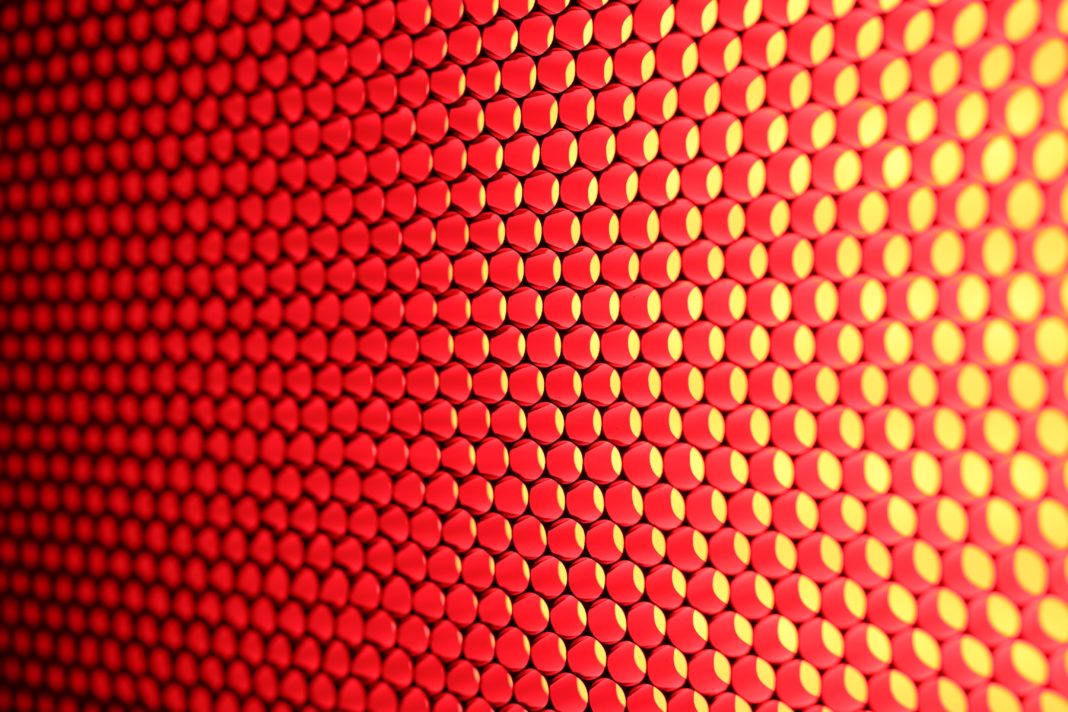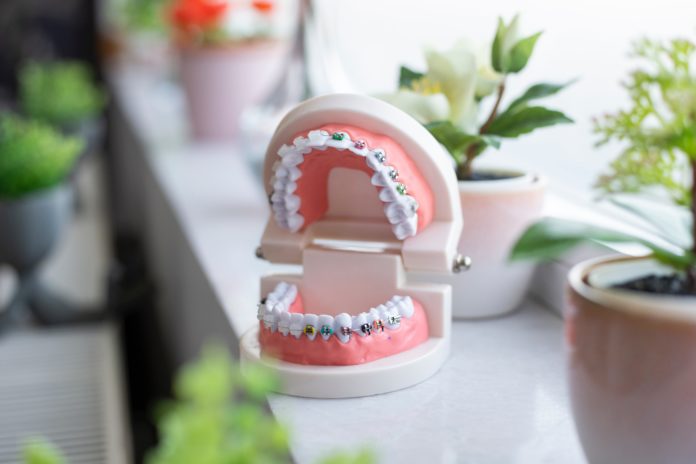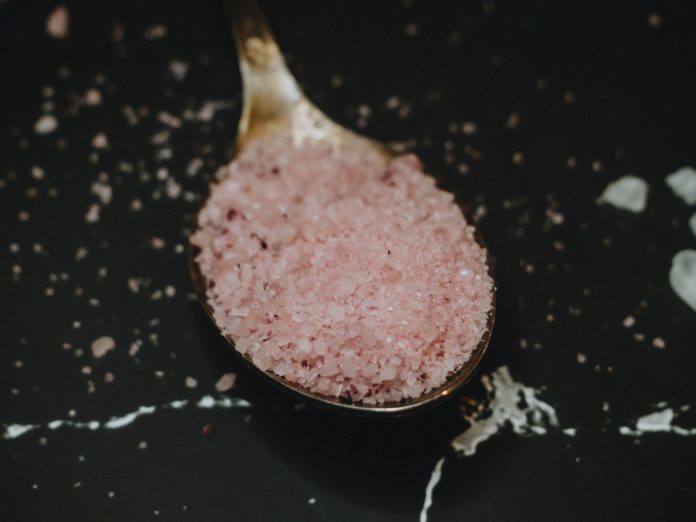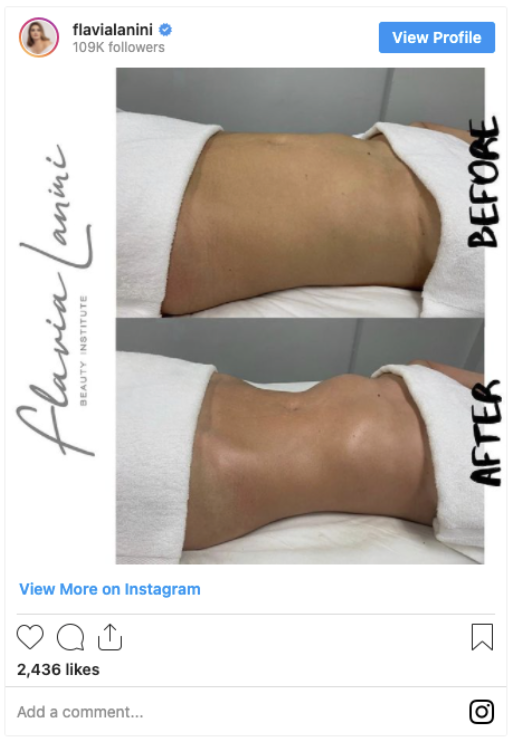You’re here (hello!), which means you probably have an interest in wellness. And THAT means you’ve probably come across some strange gadgets while scrolling your social feeds.
Ads for booty belts, electronic fat-burning pads, and the latest: infrared everything.
Face masks, mats, lamps, giant light panels… apparently red light may actually be good for our health?
If you’ve ever seen these ads of people sitting in front of a glowing red light and thought, “Great, now we’re supposed to roast ourselves like rotisserie chickens in the name of better health?” – well, then this article is for you!
Does red light therapy offer real health benefits, or is it just another health gadget that’ll be here today and gone tomorrow?
Let’s investigate!
What We Know
Despite its recent growth in popularity, red light therapy isn’t anything new.
It’s part of a broader treatment option known as photodynamic therapy, which uses light to strategically destroy harmful cells in the body.1 Red light therapy was often combined with photosensitizing medications to create a chain reaction in people when exposed to the light.
This type of light treatment was first used and is still being used to help conditions like1:
- Acne
- Psoriasis
- Warts
- Precancerous growths
- Skin cancer
NASA also started using red light therapy (RLT) before it became “cool.” They’ve used RLT for everything from helping plants grow in space to helping astronauts heal their wounds faster.2
But what is red light therapy, and how exactly does it work?
You can think of RLT like a charger for your cells.
When you’re exposed to low wavelength red light, specific cells in the body absorb the energy being emitted through your skin.
This energy permeates all the way to your cells’ mitochondria, giving your cells the power they need to function optimally, promote new cell growth, and repair damage.2
What We’re Still Learning
Currently, there are only a handful of small scientific studies out there on red light therapy. The good news is that the research seems promising. The bad news is that there’s just not enough of it.
Here’s what we’re still learning about red light therapy:
It may help improve skin health
Red light therapy may play a key role in skin health. Harvard Health says RLT acts on fibroblasts, which are cells found in the skin that are responsible for collagen production.3
Research presented by The Cleveland Clinic noted that red light therapy might help2:
- Stimulate collagen production to keep skin feeling firm and retain its elasticity
- Increase fibroblast production (which may help boost collagen levels)
- Improve blood flow to tissues
- Decrease inflammation in cells
RLT may also support better sleep quality
Scientists conducting a small study on endurance athletes learned that using red light therapy improved their sleep and melatonin levels in just 14 days.4
It may relieve symptoms of TMD
Another small study showed that red light therapy could be beneficial for decreasing pain, clicking sensations, and muscle soreness in patients suffering from temporomandibular dysfunction (TMD).5
RLT may promote hair growth in people with androgenic alopecia.
Researchers in a small, double-blind, randomized controlled trial found that RLT was effective and significantly improved the number of hair follicles alopecia patients had after the treatment.6
It may help lessen nearsightedness in kids
In a slightly larger study of children with myopia control, or nearsightedness, scientists discovered that four-hour treatments given five days per week effectively lessened nearsightedness in children without any adverse reactions.7
The Bottom Line
Red light therapy has the potential to do some pretty powerful things for your health. However, the verdict is still out on just how effective it may be.
The limited research we have seems to trend in a positive direction, so we can only hope for more studies and trials in the near future.
As for its safety, there seem to be no adverse effects in the short term with RLT. It’s a non-toxic, chemical-free, and non-invasive treatment option. If it turns out to be effectively backed by science, it might be a fantastic alternative to traditional treatments that may be harsh or rely heavily on chemicals.
But just like most things, RLT probably shouldn’t be done excessively until we know more.
How do I get started?
| Toes In |
|
| Waist Deep |
|
| Full Immersion |
|





